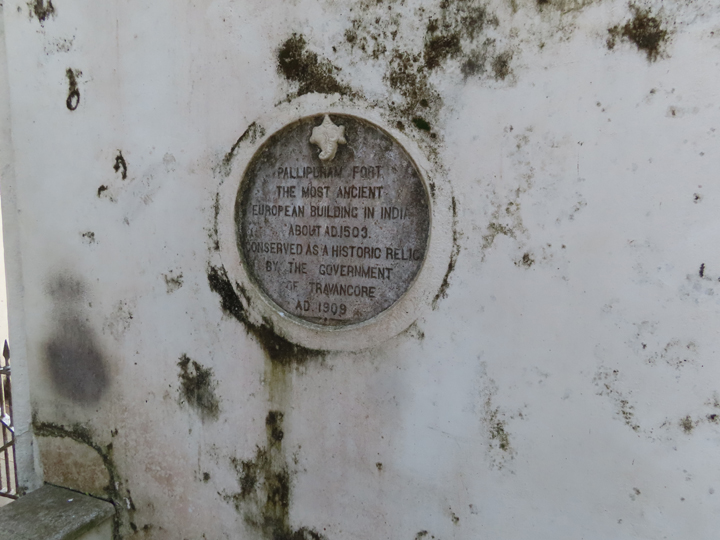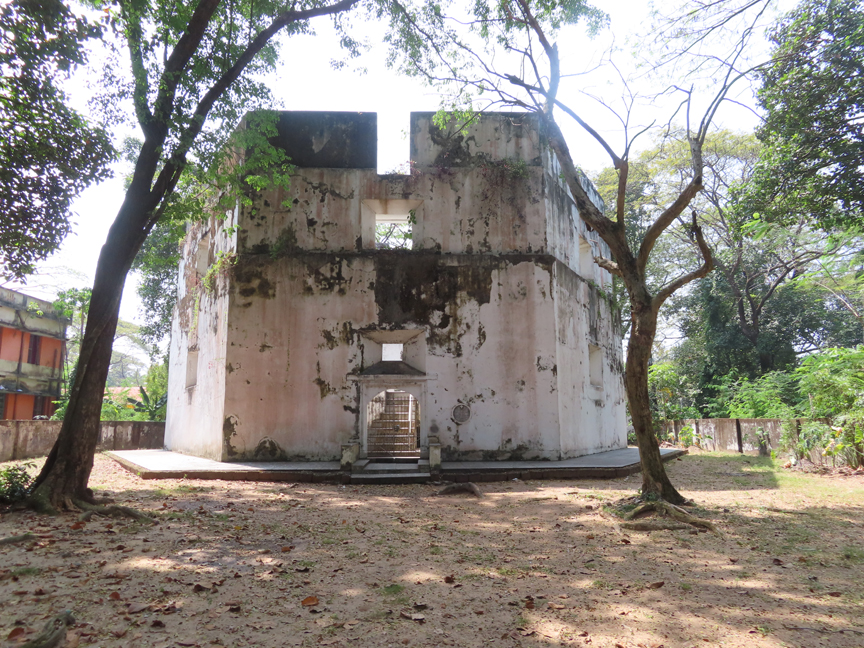The lost port and remnants of the fortress of Muziris
Muziris was a port town on the well-known spice route on the Malabar coast. Maurizis has a history that begins in 3000 BCE. The port of Muziris was frequently visited by Egyptians, Assyrians, and Babylonians who came to trade in spices. Muziris gradually etched its mark on the global landscape. The Ramayana refers to Muziris as Murachipattanam, where Sugreva, the monkey king, scampered in search of Sita. Tamil Sangam literature also mentions Muziris port. Muziris Port has also been mentioned in Tamil Sangam literature. The Roman ships once arrived loaded with gold and returned with a cargo of spices. There is a brief mention of the Muziris port in Mahabharata as well. It is said that Chera king Perunchottuthiyan Cheralathan was so wealthy that he provided the valiant fighters of the Kurukshetra War with plenty of food. The disaster occurred in 1341 when an earthquake and ensuing flood altered the Periyar River's water profile and caused the Muziris Port to disappear off the face of the planet. Historians and archaeologists agree that Muziris served as the early Chera dynasty's capital, even if they cannot determine the exact date of the city port's establishment. Historically, the first call to prayer was made in the Cheraman Mosque, and the entry point for Christianity into India was the Muziris of Kodungallur. In addition, Kodungallur's Jewish synagogue's original culture has not diminished. the Portuguese, Dutch, and British also began as traders but quickly got involved in the internal power battles between the kingdoms of Travancore, Kochi, Calicut, and Mysore before becoming colonists. They have all left their marks on the area.

Muziris as shown in Tabula Peutingeriana (ancient Roman road map), Source: Wikipedia
The Kerala Tourism Department launched the Muziris Heritage Initiative in 2010 to restore Muziris's historical and cultural value. The excavations in Pattanam marked the inception of multidisciplinary excavations in Kerala State. The primary aim of the excavation was to find or identify an early historic urban community and the ancient Indo-Roman port of Muziris or Musiri on the Malabar Coast by looking for archaeological evidence. The only way to get to the history of Muziris is through the excavation.
The Pallipuram and Kottapuram fort:
The oldest surviving European fort in Kerala is the Pallipuram fort in Vyppin, Ernakulam district of Kerala, made by the Portuguese sailors in 1503 CE. The Dutch captured the fort in 1663 CE and sold it to the kingdom of Travancore in 1789 (source: Wikipedia). The fort is hexagonal, first built in wood and then it was replaced by stone. There is an underground passageway that leads to other openings. According to what was said, they used the route—which passes beneath lands and rivers—to flee from enemies when necessary. The tunnel is currently closed permanently.


The Kottapuram Fort built by the Portuguese in 1523 CE is also known as the Cranganore Fort. The fort was captured by the Dutch in 1663 CE. Due to its advantageous location at the mouth of the Periyar River, entering the Arabian Sea, the Fort was able to regulate the flow of boats and ships into and out of the interior of Malabar. Several European-built traditional houses and a church still stand in the neighbourhood. Haider Ali of Mysore negotiated with the Dutch to acquire the forts at Kottappuram and Pallippuram. The monarchs of Travancore believed that these forts were essential to protect their kingdom from the Mysore rulers during Tipu Sultan's supremacy over the Malabar Coast. Consequently, on July 31, 1789, Ramavarma Dharmaraja (1758–1798), the then-king of Travancore, bought these two forts. Raja Kesava Dasa, the Dewan of Travancore, and John Gerard Van Angelbeck, the Dutch Governor, carried out the agreement in 1909 (Source: https://www.muzirisheritage.org). This fort was also a vital part of the Nedumkotta Fort, which the Maharaja of Travancore constructed to stave off the Tipu Sultan's assault. The fort is currently a part of the Muziris Heritage Project, an effort to restore it from its condition of disrepair.



